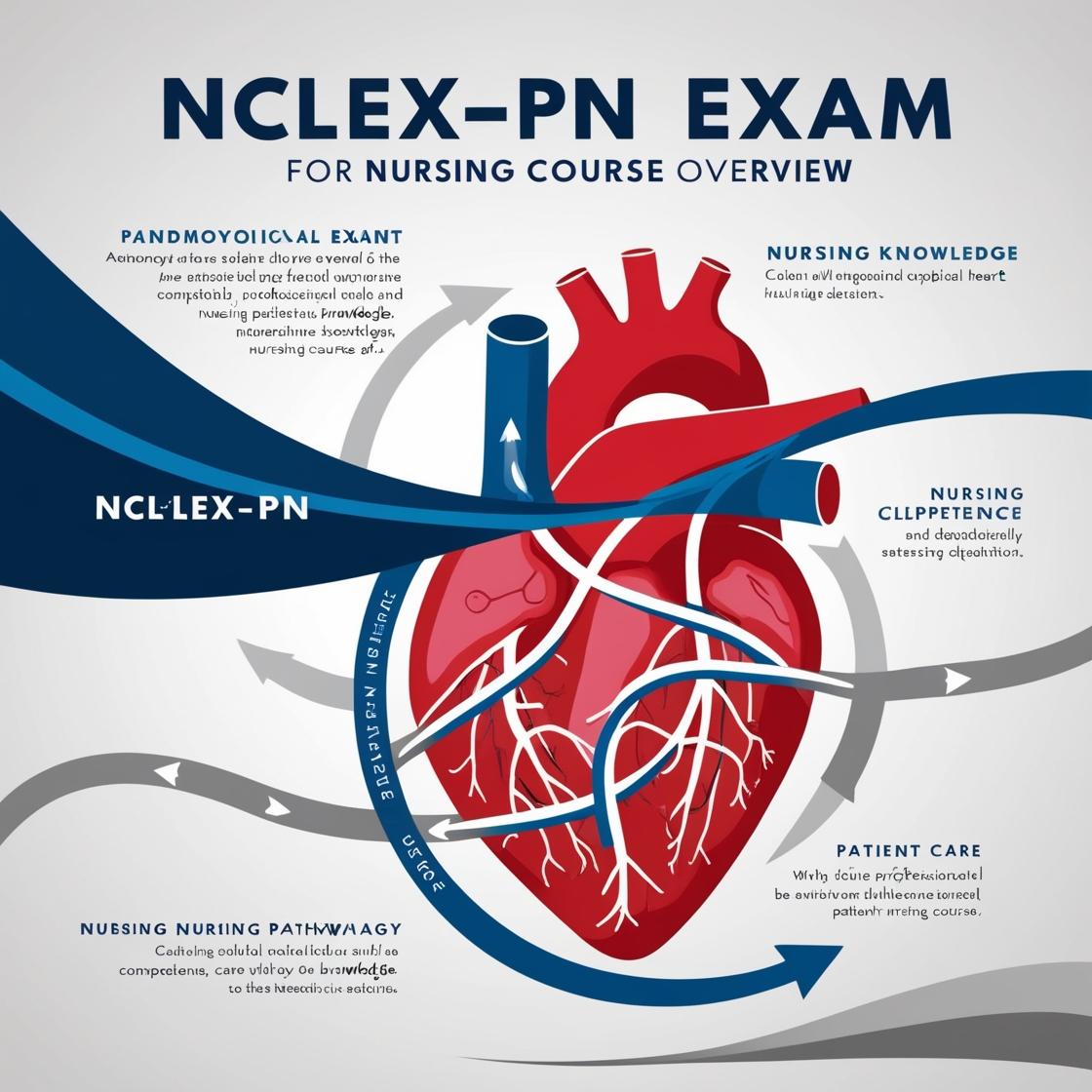NCLEX-PN
NCLEX PN Exam Cram
1. Which of the following situations requires nurse intervention?
- A. A certified nursing assistant states, 'The patient in 307 is not wearing gloves while shaving her legs.'
- B. A nursing assistant at the nursing station states, 'The patient in 307 has a respiratory rate of 16.'
- C. A nursing student in the cafeteria states, 'Dr. Jones told the patient in room 307 that she was going to die.'
- D. A certified nursing assistant states, 'Dr. Jones hasn't made rounds this morning.'
Correct answer: C
Rationale: The correct answer is C. Patient confidentiality must be maintained at all times to respect the patient's privacy and dignity. Disclosing sensitive information like a patient's prognosis in a public setting violates confidentiality and can cause distress. The nurse should intervene in this situation and educate the nursing student about the importance of not discussing confidential patient information in public. Choices A, B, and D do not involve breaching patient confidentiality and do not require immediate nurse intervention. Choice A focuses on infection control measures, choice B relates to clinical assessment, and choice D is about the doctor's rounds, which are not urgent matters requiring immediate intervention.
2. A healthcare professional is reviewing a patient's ECG report. The patient exhibits a flat T wave, depressed ST segment, and short QT interval. Which of the following medications can cause all of the above effects?
- A. Morphine
- B. Atropine
- C. Procardia
- D. Digitalis
Correct answer: D
Rationale: The correct answer is Digitalis. Digitalis is known to cause a flat T wave, depressed ST segment, and a short QT interval on an ECG report. These ECG changes are characteristic of digitalis toxicity. Morphine is not typically associated with these ECG changes. Atropine is more commonly linked to increasing heart rate rather than causing these specific ECG abnormalities. Procardia is a calcium channel blocker that does not typically produce the described ECG findings. Therefore, Digitalis is the most likely medication causing these effects in the patient.
3. In hanging a parenteral IV fluid that is to be infused by gravity, rather than with an infusion pump, the nurse notes that the IV tubing is available in different drop factors. Which tubing is a microdrop set?
- A. 15 drops per milliliter
- B. 60 drops per milliliter
- C. 20 drops per milliliter
- D. 10 drops per milliliter
Correct answer: B
Rationale: A microdrop set delivers 60 drops per milliliter of IV fluid. This allows for a more precise control of the infusion rate. The correct choice is B because it provides the desired microdrop rate. Choices A, C, and D are incorrect. A delivers 15 drops per milliliter, which is a macrodrop set. C delivers 20 drops per milliliter, also a macrodrop set. D delivers 10 drops per milliliter, another macrodrop set. Therefore, the correct choice for a microdrop set is B.
4. An infection in a central venous access device is not eliminated by giving antibiotics through the catheter. How might bacterial glycocalyx contribute to this?
- A. It protects the bacteria from antibiotic and immunologic destruction.
- B. Glycocalyx neutralizes the antibiotic, rendering it ineffective.
- C. It competes with the antibiotic for binding sites on the microbe.
- D. Glycocalyx provides nutrients for microbial growth.
Correct answer: A
Rationale: Bacterial glycocalyx is a viscous polysaccharide or polypeptide slime that covers microbes. It plays a significant role in protecting bacteria by enhancing adherence to surfaces, resisting phagocytic engulfment by white blood cells, and preventing antibiotics from contacting the microbe. Choice A is correct because glycocalyx shields the bacteria from both antibiotics and the immune system, allowing the infection to persist. Choices B, C, and D are incorrect because glycocalyx does not neutralize antibiotics, compete for binding sites with antibiotics, or provide nutrients for microbial growth.
5. Which type of cells secrete insulin?
- A. alpha cells
- B. beta cells
- C. CD4 cells
- D. helper cells
Correct answer: B
Rationale: Beta cells are responsible for secreting insulin. Insulin is produced by beta cells in the pancreas and plays a crucial role in regulating blood sugar levels. Alpha cells secrete glucagon, not insulin (Choice A). CD4 cells are a type of immune cell that helps coordinate the immune response (Choice C). Helper cells are a type of immune cell that aids in activating other immune cells (Choice D). Therefore, the correct answer is beta cells.
Similar Questions

Access More Features
NCLEX PN Basic
$69.99/ 30 days
- 5,000 Questions with answers
- Comprehensive NCLEX coverage
- 30 days access @ $69.99
NCLEX PN Premium
$149.99/ 90 days
- 5,000 Questions with answers
- Comprehensive NCLEX coverage
- 30 days access @ $149.99
